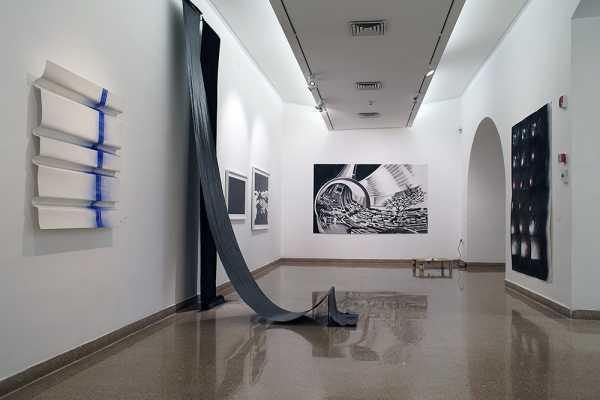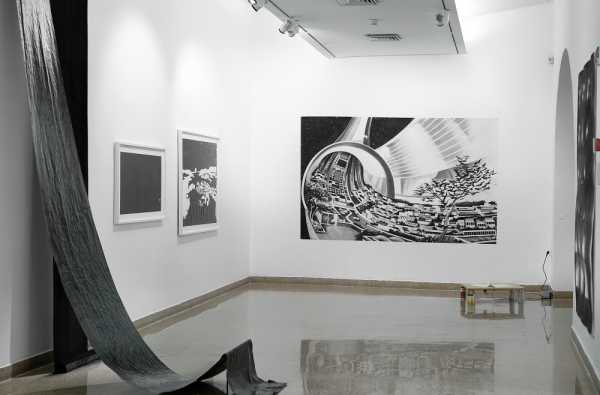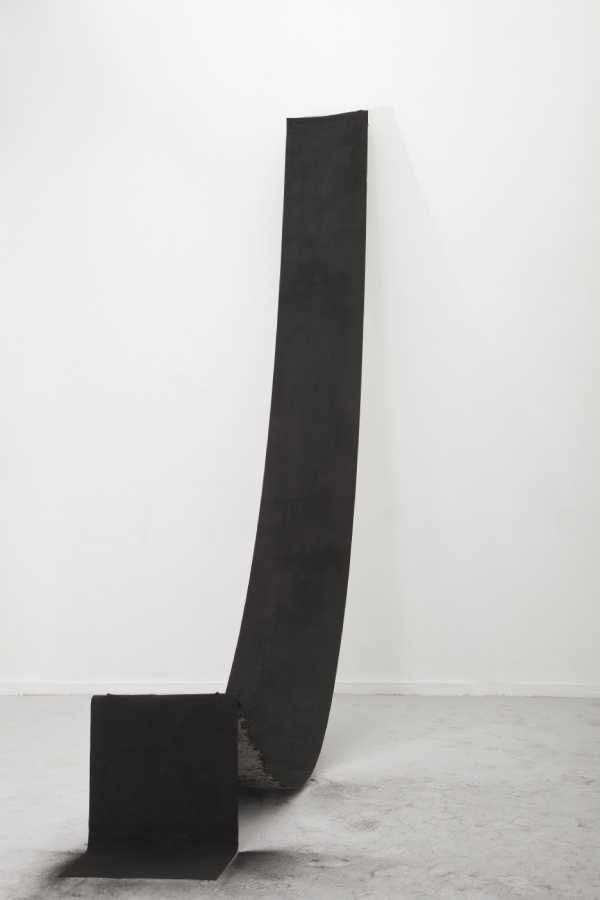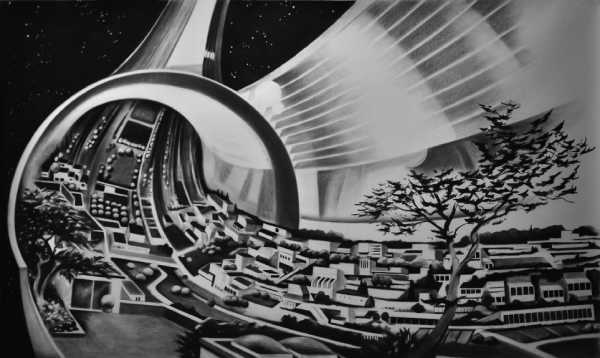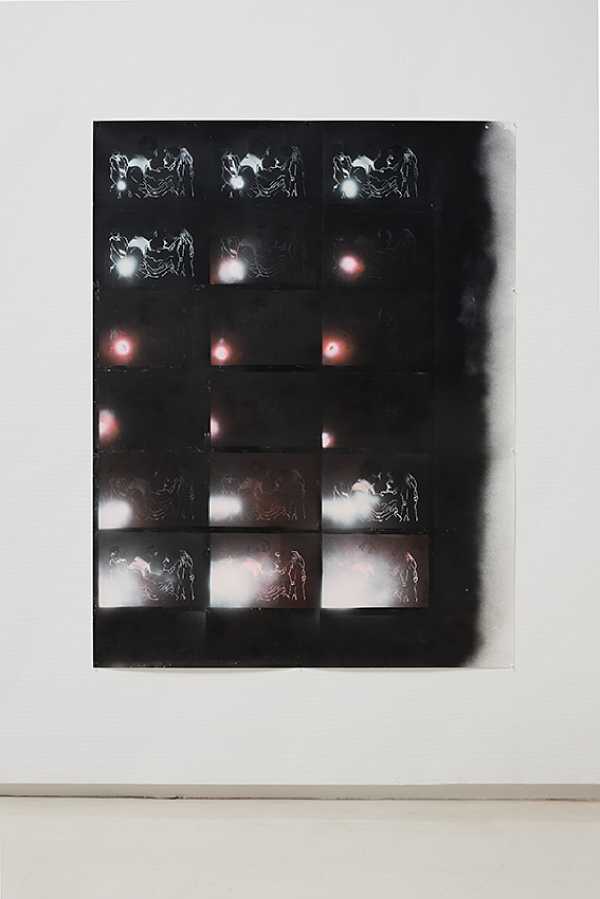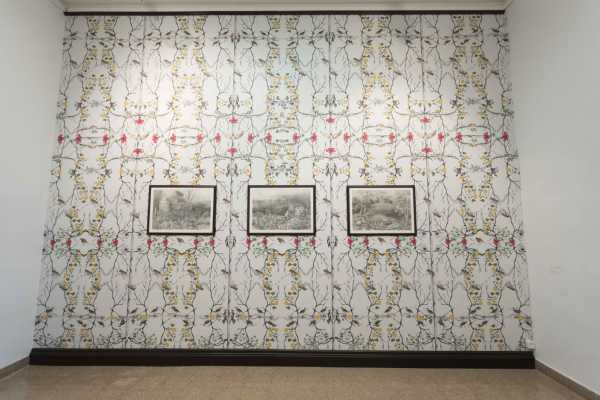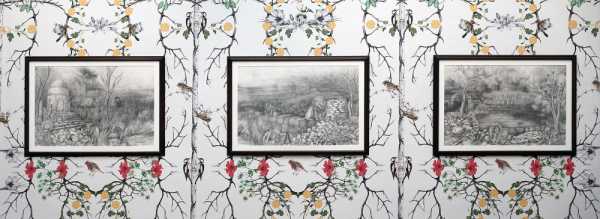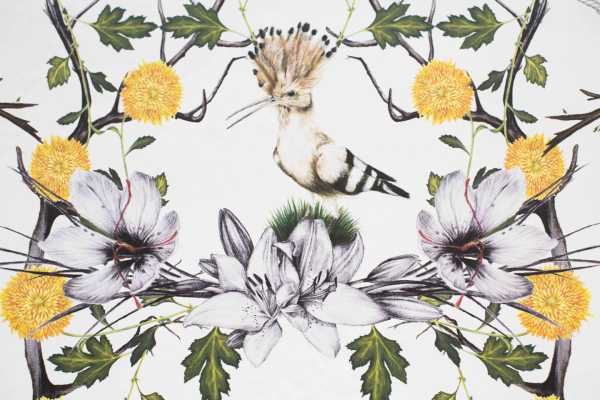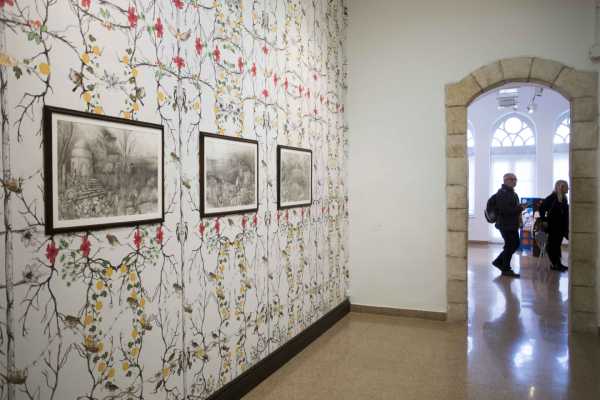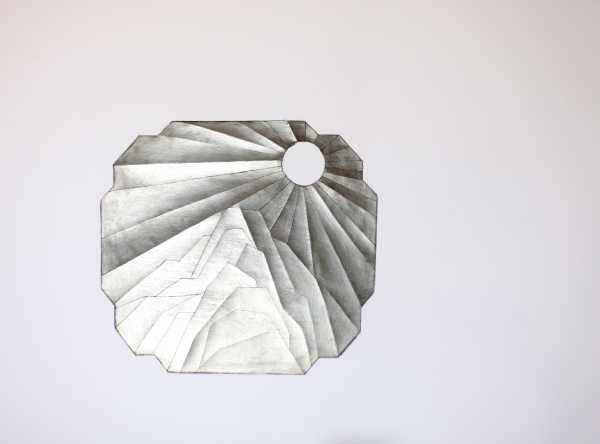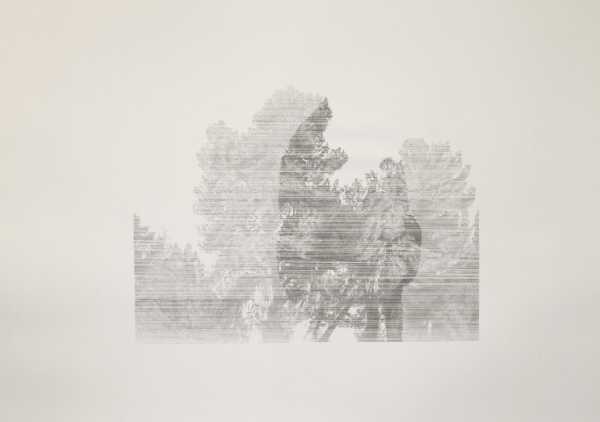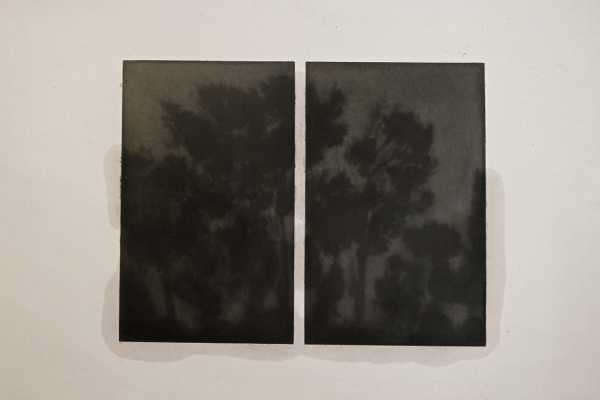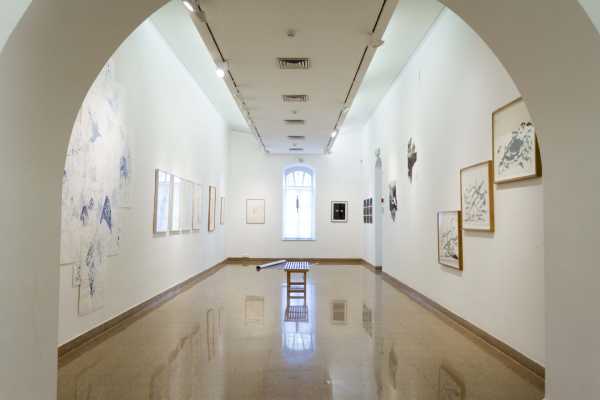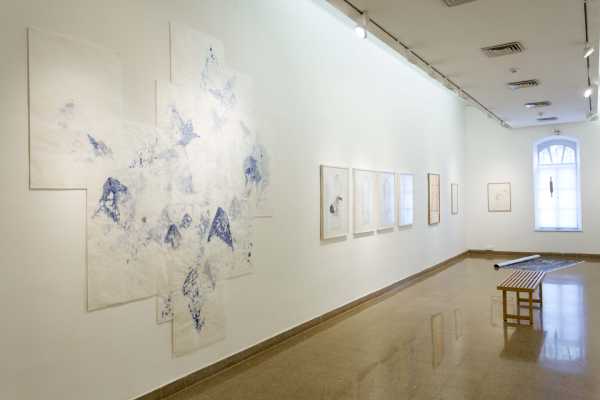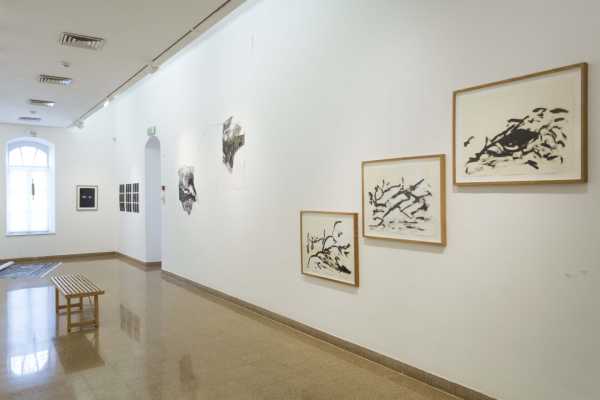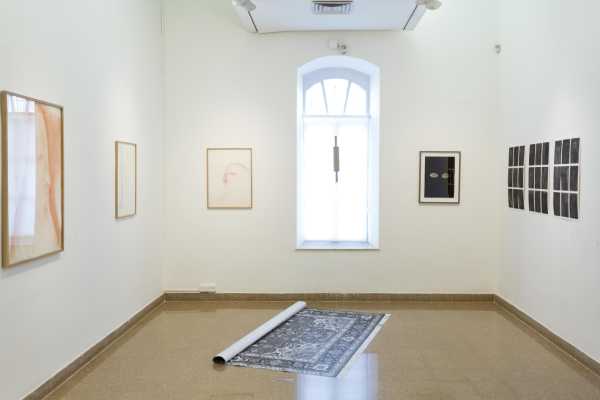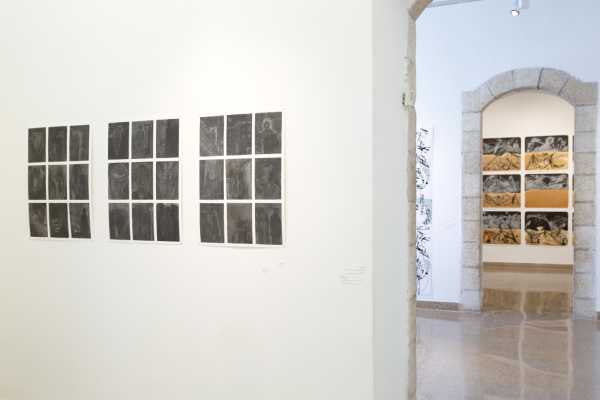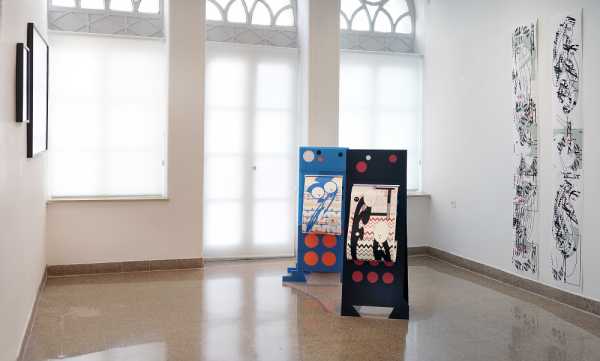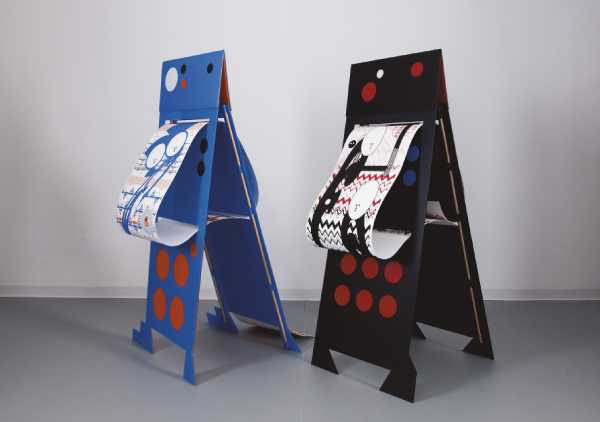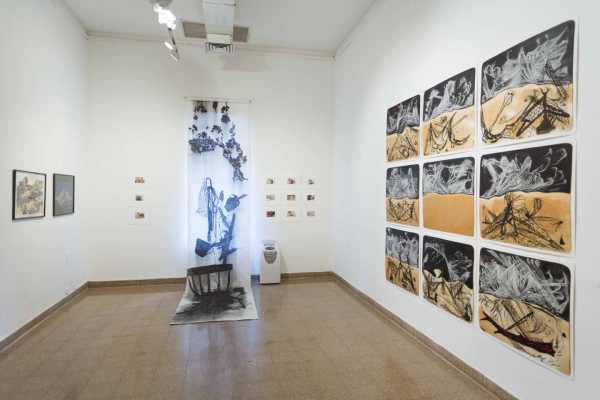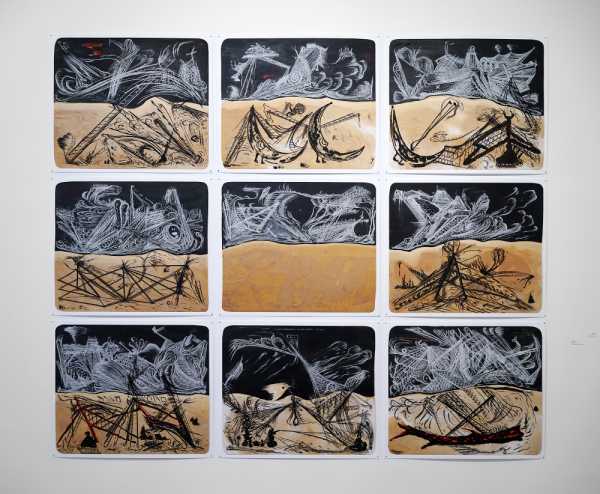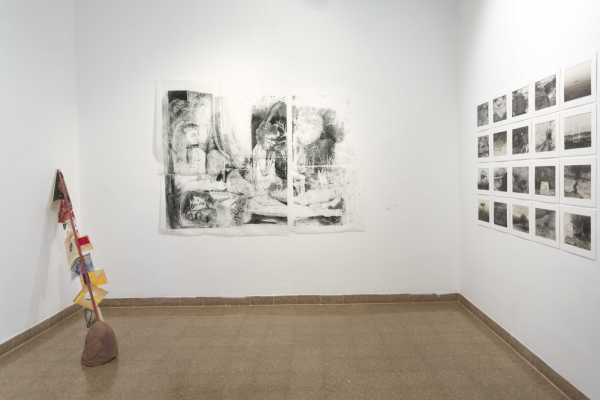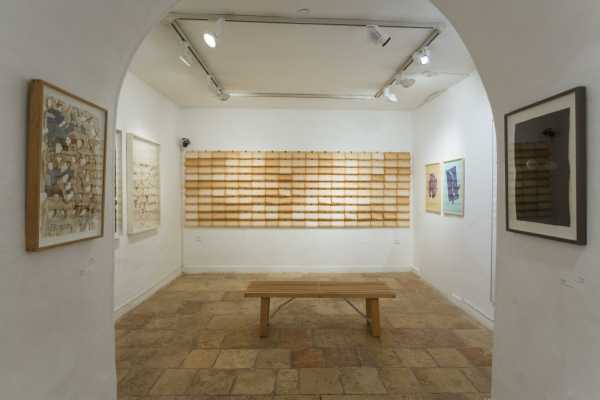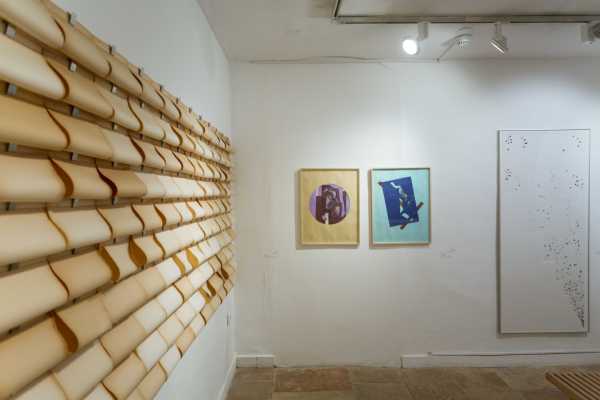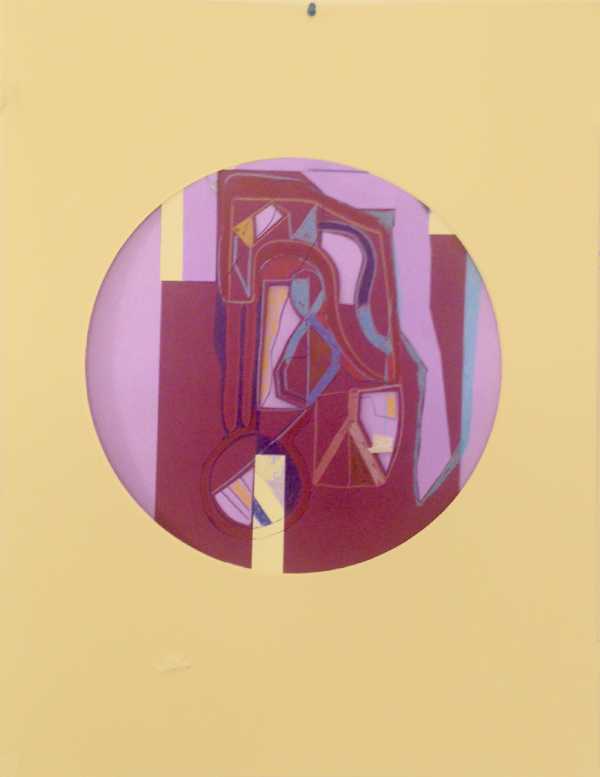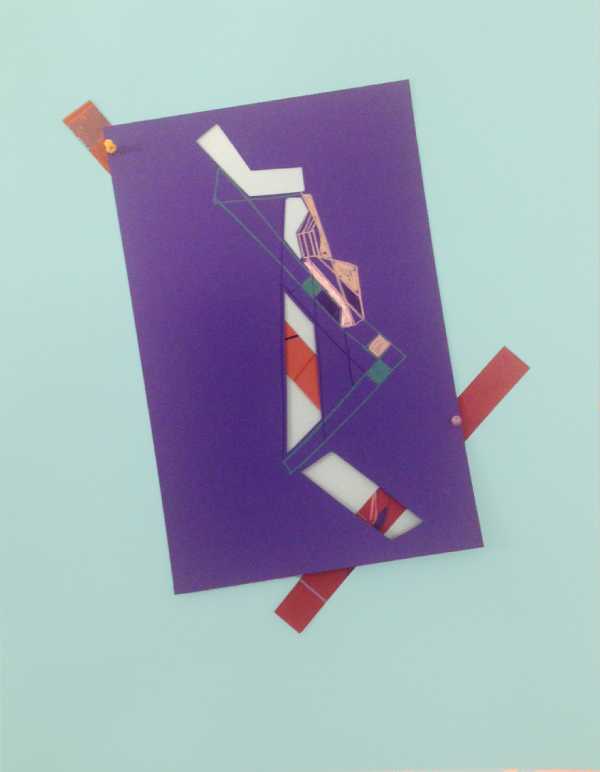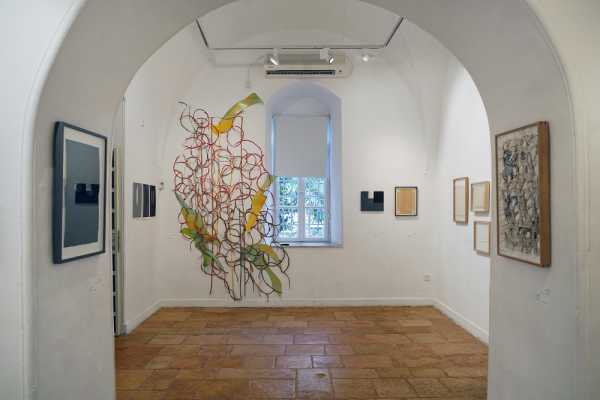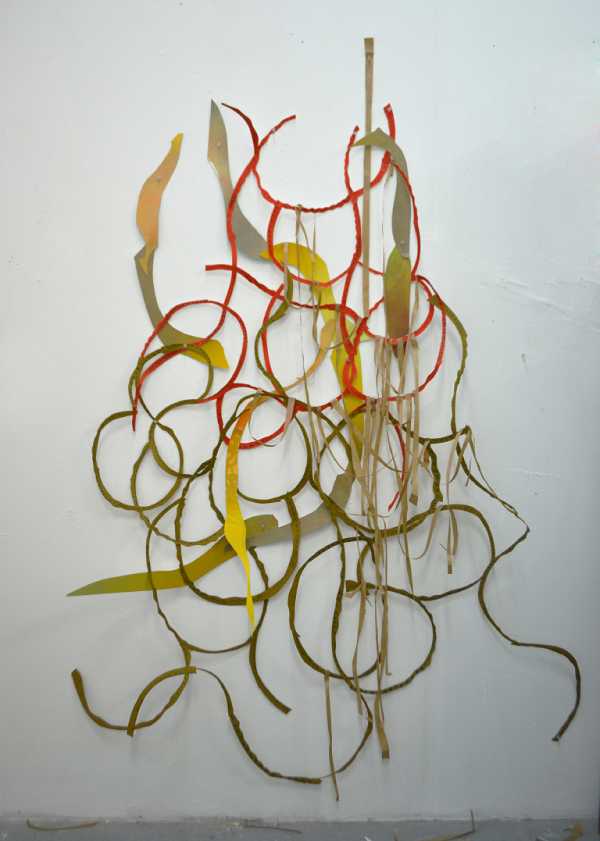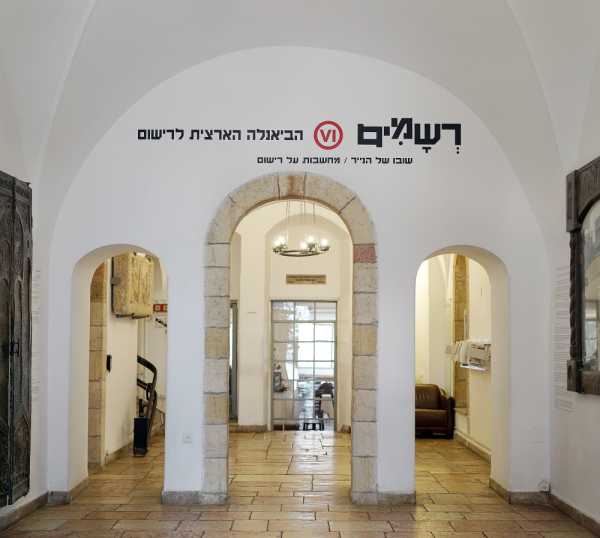Traces VI – Drawing Bienniel, Jerusalem
The Return of Paper / Reflections on Drawing
Jerudalem Artists' House, Jerusalem
October 2016 - January 2017
co-curating: Edna Moshenson and Sally Haftel Naveh
Since the mid-20th century, the drawing medium has undergone radical transformations before gaining independence, and has been discussed in such terms as blurring and expansion of boundaries, open boundaries between media, and the like. Drawing was no longer restricted to paper and the quintessential drawing materials. It erupted from the imaginary space into the real space, and conquered cityscapes and landscapes.
Once all the borders were breached and drawing went "beyond the historical coupling of the line and paper" as suggested by the previous biennale, Traces V: Beyond Paper, the present edition of the biennale, Traces VI, strives to return to the boundaries of the medium, to the traditional drawing materials, and to paper as a ground and a substance—a return that acknowledges the path back from "drawing in the expanded field" to paper as a space of action and reflection. The love of the material (paper and the distinctive drawing materials), manifested in this show, is also accompanied by an elegiac vein and anxiety about its disappearance.
The exhibition commences with a cluster of iconic works by Moshe Gershuni from the early 1970s, which responded to formalist art theories prevalent at the time concerning the specificity of the medium, the flatness of the surface, and its opacity. "The paper looks white on the outside, but inside it is black," Gershuni wrote on a sheet of white paper which has yellowed slightly over the years. To prove his claim he tore a piece of the paper, and indeed, on the edges of the tear, the paper's interior was black. Gershuni repeated these "experiments," examining the paper's interior several more times. On one of the papers he wrote more decisively: "The paper is white only on the outside, inside it is black," and signed "Moshe Gershuni 15/11/70." That same year he created a series of works which marked the surface of the paper in various manners. Black Letraset stars emphasized the two-dimensional quality of this surface, and signified its boundaries as a conceptual and political space of action, indicating the ability to breach these same boundaries and expose the paper's depth dimension.
Invisible lines stretch between the various exhibitions spaces at the Artists' House and between the artists whose works echo the conceptual perception, its examination and undermining via current manifestations.
The assertion "The paper is white only on the outside, inside it is black" is proposed as a leitmotif for observation of the works in "Traces VI," guiding motion between the various exhibition spaces, leading from the real space back to the imaginary space, from the surface of the paper to its interior, from the visible to the invisible, from overt to covert, from exposed to repressed, from drawing as a spontaneous thought, to drawing that reflects on itself, to reflections on drawing now.
Drawing in the first decades of the 21st century offers a wealth of possibilities and expressive modes, dimensions, themes, styles, genres, materials, and surfaces. The participating artists address, challenge, and contest traditional as well as modernist perceptions of drawing, conceptual and minimalist, figurative as well as abstract.
Vis-à-vis drawing based on direct observation of reality and its recording on the surface of the white paper, it features drawing that extracts its images from hidden worlds, from the blackness of the paper's interior. Drawing that feverishly searches in readymade image banks and is drawn from observation of the computer screen is juxtaposed with drawing that strives to be passive and set an act in motion which would generate a drawing that "makes itself." Direct, spontaneous drawing spawned by quick thinking is replaced by industrious drawing, rife with graphite and charcoal surfaces. Drawing in traditional materials, such as pencil, graphite, charcoal, colored pencils, ink, and watercolor, is presented next to drawing in mundane materials, such as ballpoint pens and various markers, as well as drawing by means of movement and light. Drawing that surrenders a differentiated personal handwriting is replaced by drawing which deliberately blurs it. A personal, "sensitive" and expressive drawn line is substituted by drawing which avoids contact and is obtained via technical means, such as photography, photocopying, screening, and digital devices. The orderly array of the modernist grid is disrupted, and drawing is consciously deskilled.
Distinctive drawing genres, such as landscape and portraiture, implode. The paper no longer serves as a mere surface for drawing; it is now a material unto itself, which makes a work possible by covering and exposure, immersion, engraving, etching, cutting, folding, imprinting, creasing, and shredding, while preserving its uniqueness and exploiting its idiosyncratic qualities. The featured artists employ paper as a flat surface, while concurrently undermining its very flatness. Their approach to paper swings from fear of the blank paper (horror vacui) to love of the void. Each of these artists presents an engaging, variegated, complex world, which differs entirely from those of others. At the same time, they share a common engagement with the work surface and the origins of the image. Paper—its flatness, void, blankness, and whiteness, on the one hand, and the possibilities embedded in it, on the other—serves as a point of departure for their work, whether as a real substance or as a metaphor for the space of creation and the world as a whole.

